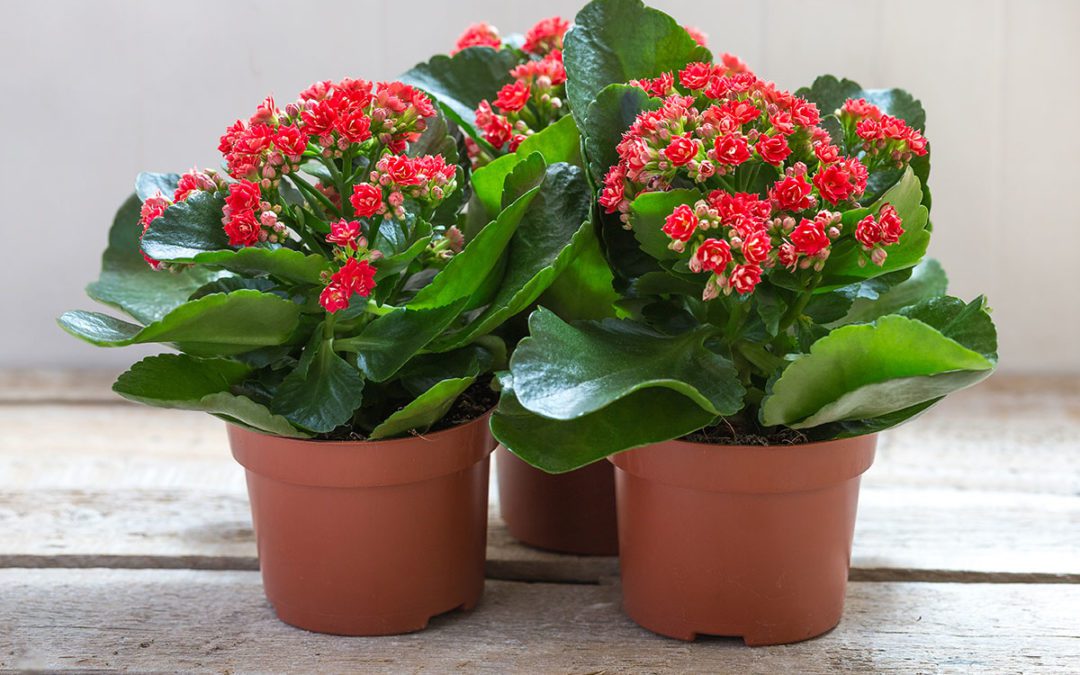Happy Valentine’s Day is in less than two weeks and everyone at the Bruce Company wishes you and those you love a great day! Have you wondered why red roses are the go-to flower for Valentine’s Day giving? Or why white calla lilies are in so many traditional bridal bouquets? The answers to these questions lie in the language of flowers, subtle meanings given to flowers in order to evoke an emotional response.
Floriography has been around for centuries, but the Victorians should be credited for elevating this coy game to a high art. Emotions were considered embarrassing and not suitable for expressing out loud. Bouquets called tussie-mussies were carried as fashion accessories and may have been small, but they spoke volumes. Publishers created handbooks to catalog meanings of blossoms for both flower givers and receivers. Of course, different authors assigned varying messages to the same flower. So you’d have to hope that both parties were on the same page. Literally. The hyacinth, for instance, can imply that you’d like to play games or that you are asking for forgiveness.
According to Wikipedia, the craze can be traced to Joseph Hammer-Purgstall’s Dictionary of the Language of Flowers, published in France in 1809. The practice quickly spread through Europe. The first printed evidence of floriography in the United States were some articles written for the Saturday Evening Post in the late 1820s.
Roses are always a meaningful gift. And in general, the meanings are happy and positive. But be careful! There are some thorny ones. Red roses symbolize love and desire. White ones proclaim innocence and purity, or ask for secrecy and silence. Yellow blossoms can say that your love is transient or that you are jealous. A single blossom offers love while an entire bouquet expresses gratitude.
Lilies are another flower where the color has great meaning. Yellow lilies whisper that you’re walking on air, while orange ones holler “I hate you!” And those white calla lilies are in bridal bouquets for a reason. The calla lily symbolizes beauty and the color white denotes purity.
Many of those blossoms commonly found in pre-made bouquets have a lot to say. The bright green bells of Ireland offer good luck. Solid-hued carnations answer yes to any question, but striped ones say no. Daisies imply that you’ll never tell and gladioli ask for a little bit of space.
Of course the condition of the flowers is so important. You don’t have to speak fluent flower to realize that a wilted or dead blossom is a major dis. And flowers that are arranged upside down convey the opposite meaning. If the bunch of flowers was tied with a ribbon to the left, the message contained in the bouquet was about the feelings of the giver.
Even leaves can get into the act. If you’ve weathered a bad patch in a relationship, the gift of a cactus expresses endurance. Ferns say that you find her fascinating. Palm leaves convey victory or success. And for your foodie friends, nothing says strength and courage better than a head of garlic.
Of course, cut flowers have a limited shelf life, so why not gift your sweetheart with a live blooming plant. The Garden Center has an excellent selection from sweet mini carnations and roses to elegant azaleas and moth orchids. And if your Valentine isn’t a fan of flowers, don’t forget to check out our air plants and succulents. A bright red tillandsia in a hanging heart says “I love you and all of your quirks.”

